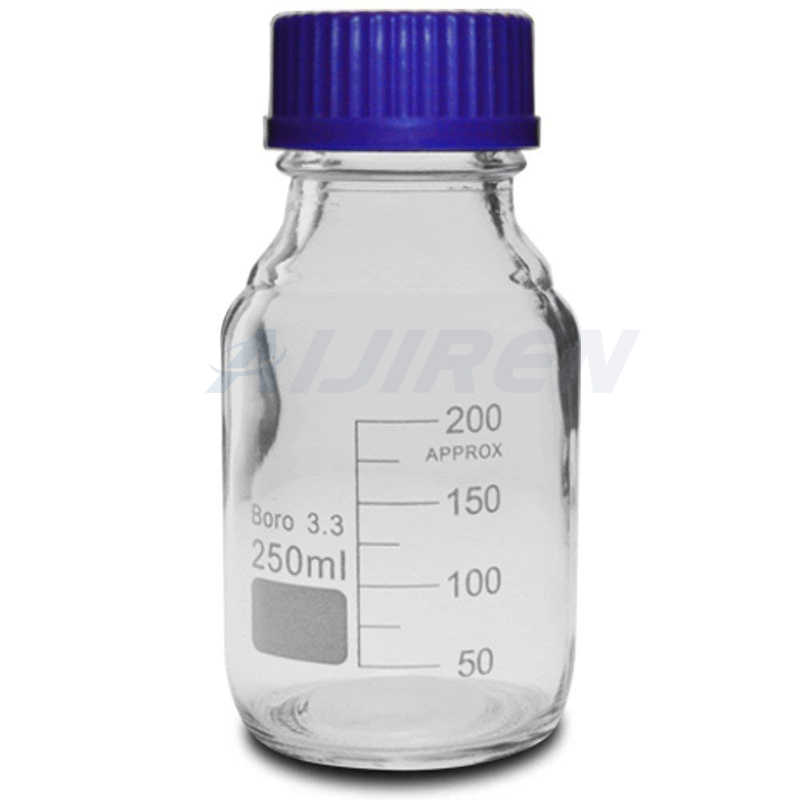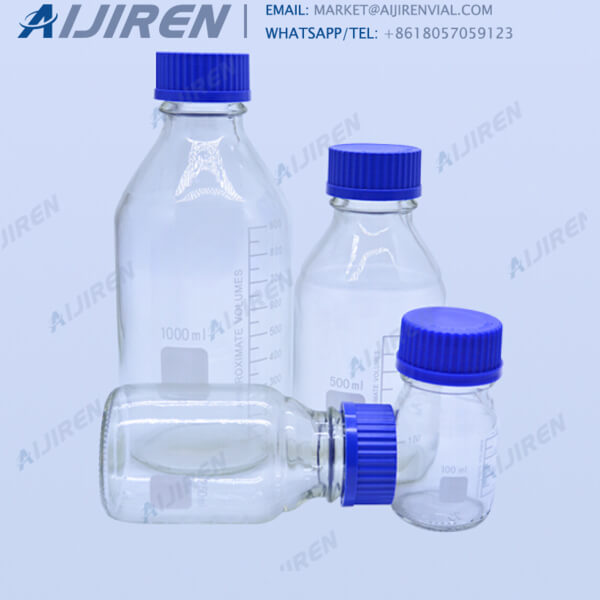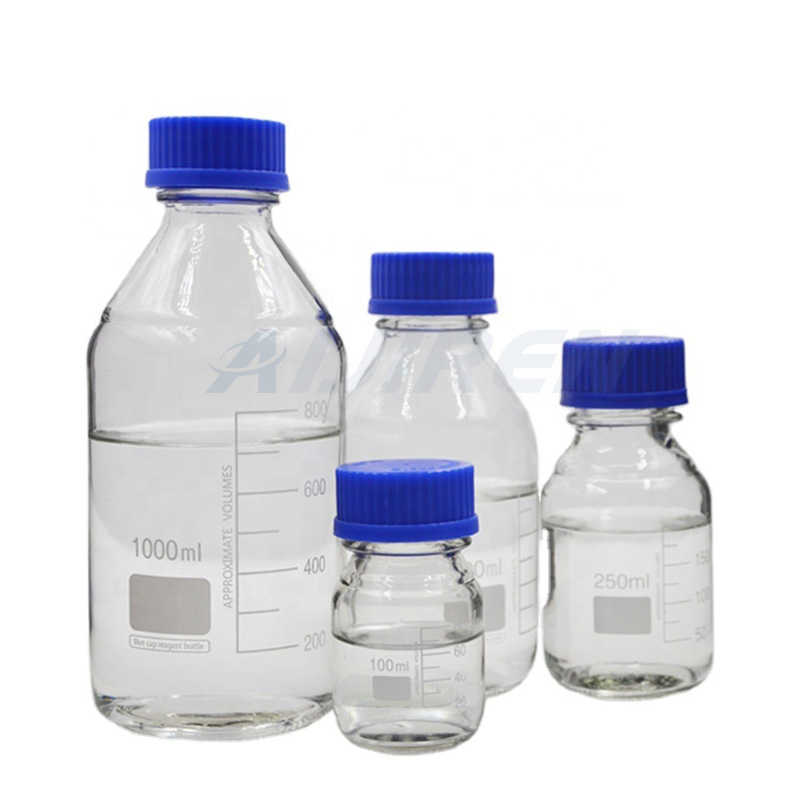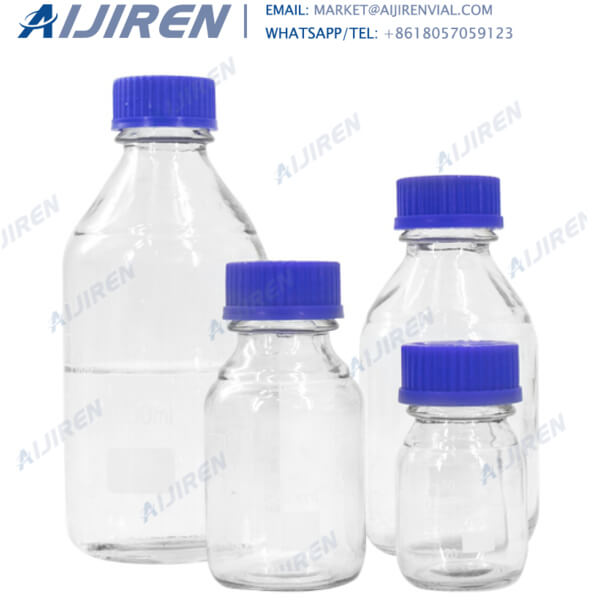Choosing septa for specific detectors
-

Don't Let a Vile Vial Ruin Your Analysis - LinkedIn
Nov 5, 2018 · TruView certified combination kits include caps with septa specifically designed and tested for use the high sensitivity detectors. Septa from different sources may contain additives and other
Get Price -

Septa selection guide from Cole-Parmer
Our septa selection guide will help you match our products to your needs. Red Rubber/PTFE. Silicone/PTFE. Pre-slit PTFE/Silicone Septa. PTFE/Silicone/PTFE Septa. • PTFE-laminated synthetic rubber. • Economical. • Easy to pierce and lower fragmentation than natural rubber. • Moderate re-sealability.
Get Price -
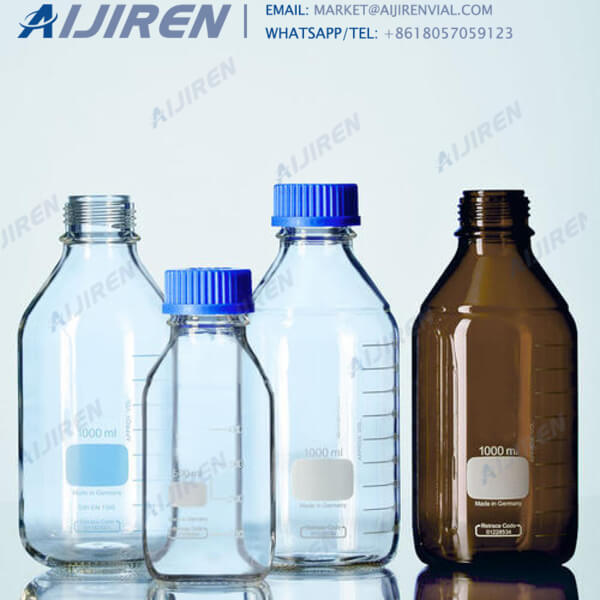
Basic Principles of Gamma Camera Imaging and Quality Control
Two detectors (heads) most common, although single head and triple head cameras are used Each head has single large NaI (sodium iodide) crystal, up to 40 cm X 60 cm. Typical crystal thickness: 3/8 or 5/8 inch Array of photomultiplier tubes, typically ~ 50 per head
Get Price -
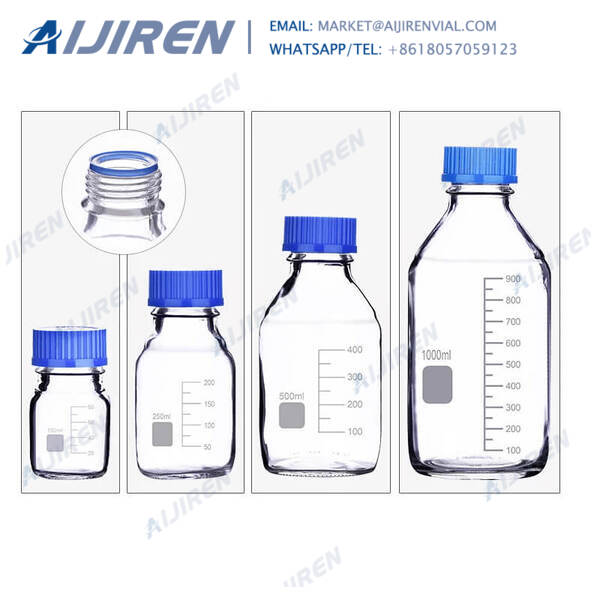
Septum Selection Guide Rev 2 - Fisher Sci
Septa for use with general chromatography vials PTFE/Red Rubber Septa: (PTFE/RR) PTFE/Red Rubber septa are the most popular and economical choice for general gas chromatography applications. These septa are used primarily for routine analysis in gas chromatography with FID, TCD and FPD detectors. PTFE/Red
Get Price -
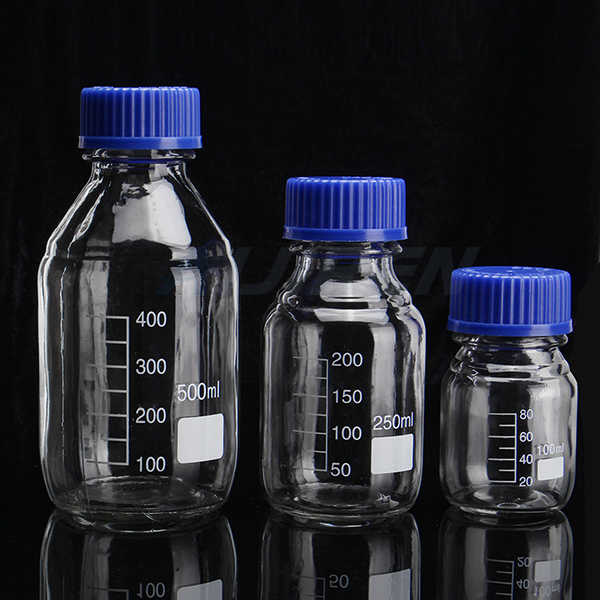
Septum Selection Guide Vials and Closures - Fisher Sci
Used primarily for routine analysis in gas chromatography with FID, TCD and FPD detectors or HPLC with UV/Vis or RI detectors, PTFE/Synthetic Red Rubber septa offer good resealability and excellent chemical inertness before puncture. The low durometer of red rubber allows for easy needle penetration even with thin bore GC needles.
Get Price -
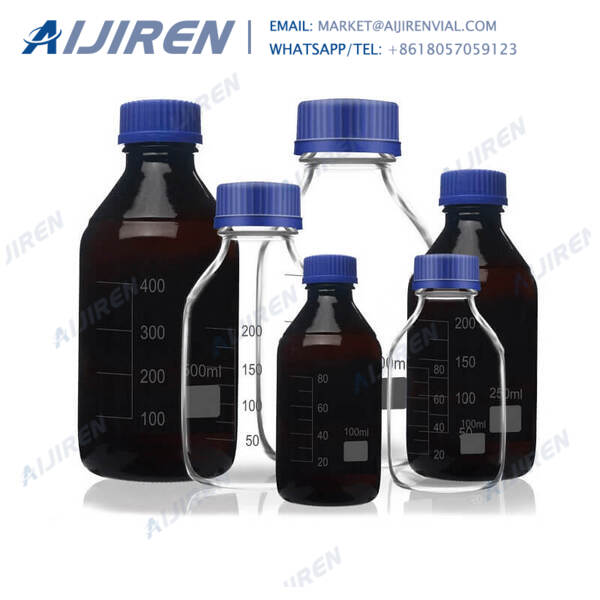
Aijiren B GC Supplies
Jan 2, 2021 · BTO septa . Bleed and temperature optimized. Maximum inlet temp 400 °C. Change after 200-300 injections. Ideal for MS. 50/pk: 5183-4757. 100/pk: 5183-4757-100. Advanced Green septa: Popular all purpose septa. Maximum inlet temp 350 °C. 50/pk. : 100/pk. -100: Long-life septa. Up to 400 injections. Maximum inlet temp 350 °C
Get Price -
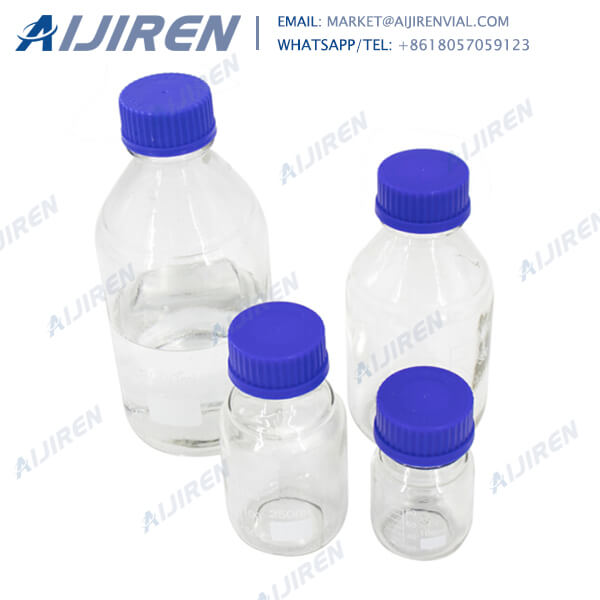
StarGuide - GE Healthcare
choose. Focused imaging Focused imaging gives you the ability to target a specific volume of interest (VOI) within the patient body and improves image quality within that VOI as the Digital Focus Detectors pass over that specific volume. StarGuide alters the detector sweep to spend more time focusing on the designated volume to produce high
Get Price -
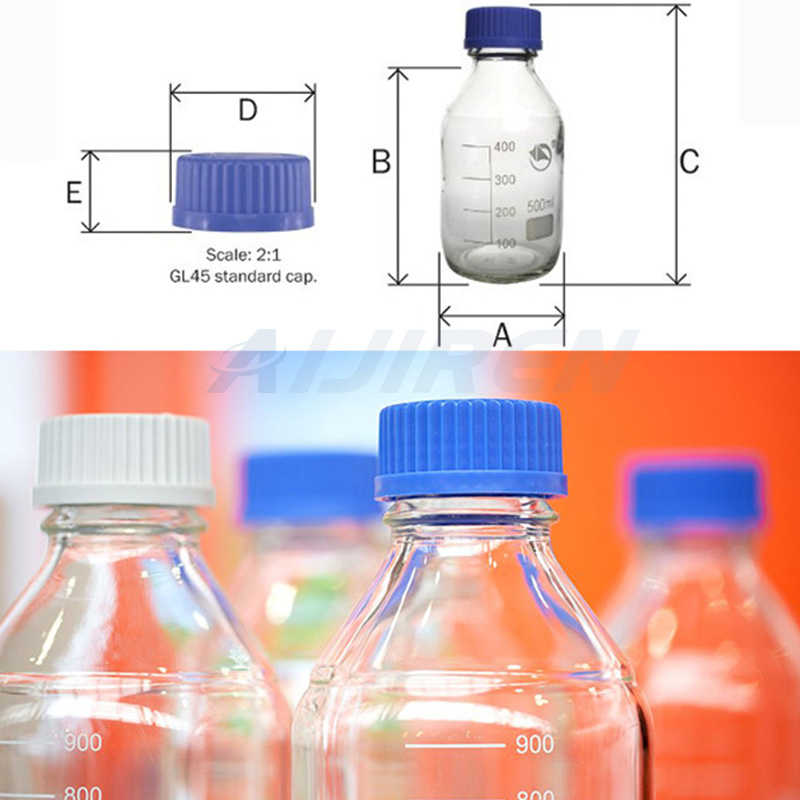
Compton scatter and X-ray crosstalk and the use of very thin
Apr 1, 1997 · @article{osti_477243, title = {Compton scatter and X-ray crosstalk and the use of very thin intercrystal septa in high-resolution PET detectors}, author = {Levin, C S and Tornai, M P and Cherry, S R and MacDonald, L R and Hoffman, E J}, abstractNote = {To improve spatial resolution, positron emission tomography (PET) systems are being developed with finer detector elements.
Get Price -
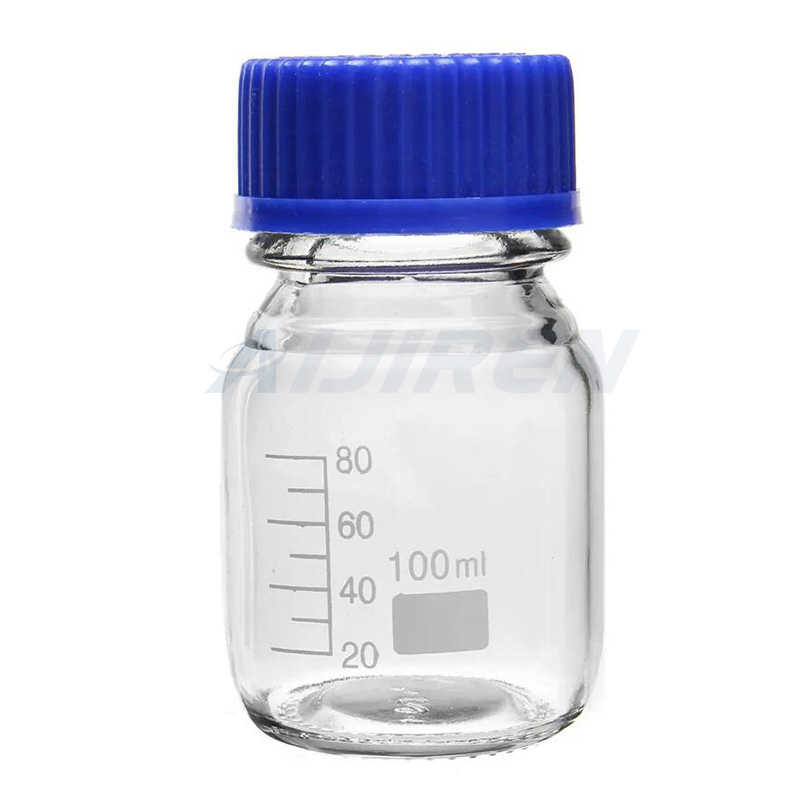
Inlet Septum Maintenance for the Clarus® 590 and 690
specific detector are shut off from the detector menu. 11. If your Clarus 590/690 GC has two injectors/detectors, “A” and “B”, repeat steps 5-10 to service the other injector/detector pair. Replacing the Inlet Septum The efficient design of the Clarus 590/690 GC allows for easy access to the inlet septum without having to lift the top
Get Price -

Chromatography Troubleshooting Guides - Thermo Fisher Scientific
Isolate the detector from the electronics. If noise disappears, clean the collector. Combustion gas flow too low or too high. Check the detector gas flows. Column contaminated. Condition the column. Contaminated detector gas supply. Check the gas purity and install appropriate filters. Detector temperature higher than column maximum temperature.
Get Price -
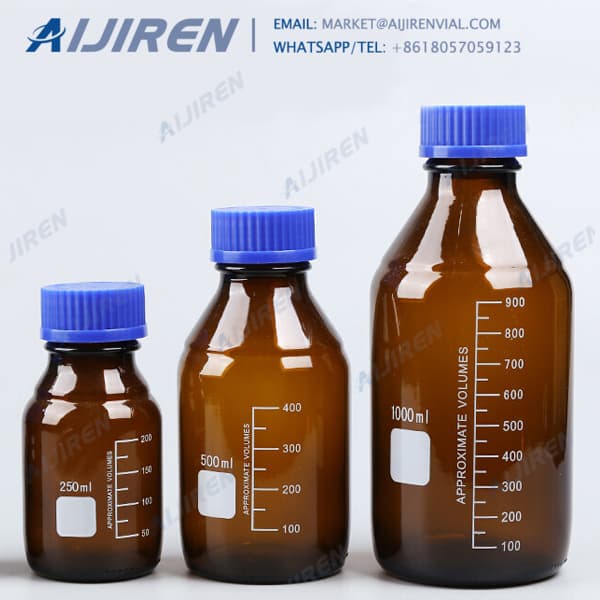
Septa Selection for Autosampler Vials - LinkedIn
Sep 8, 2022 · Septa Selection for Autosampler Vials The septum you choose for your autosampler vial can impact sample evaporation, sample security, needle bending and blockages, and instrument downtime.
Get Price -

Septa selection guide
When selecting which septa is right for your experiments, it is important to consider the following: Instrument—instruments use diferent injector needles and for some instruments, having pre-slit septa, or choosing a material with a lower shore (hardness) value will help reduce the chances of needle issues.
Get Price -

Step by Step Septa Tutorial Use Guide - Here’s How and Why
Mar 31, 2022 · Headspace and Sample Preparation Applications: Septa Properties . When choosing the right septa, you have to look at their properties. headspace vial 2ml nd9 vial with hard pp packing Four types of butyl rubber/chlorobutyl rubber . 1. Grey bromobutyl stopper . There is no PTFE barrier. Because of its low permeability, it’s ideal for gas
Get Price -
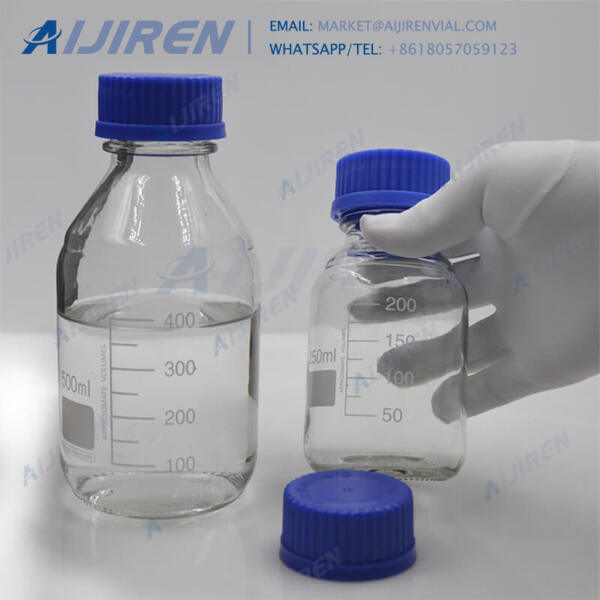
Collimators and Anti-scatter Grids for CT Scanners
Anti-scatter collimators (also referred to as anti-scatter septa or grid) are used in CT X-ray equipment used for medical imaging, but also non-medical X-ray applications such as cargo scanners at (air)ports. CT scanners consist of an x-ray source opposite an arc-shaped array of detectors. The collimator is located immediately in front of the
Get Price -

Photon-Counting Detector CT: Key Points Radiologists Should
Aug 9, 2022 · Photon-counting detector computed tomography (PCD-CT) is a new CT technology approved by the United States Food and Drug Administration that overcomes many of the limitations of conventional energy-integrated detectors (EIDs). It utilizes semiconductor materials to generate electronic signals from incident X-ray photons.
Get Price

